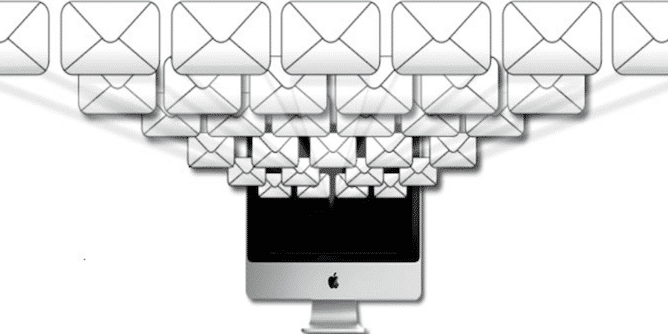UPDATED: 06/03/2018
By now most of us in the B2B marketing world have heard of the GDPR. Yet, many of us still don’t know exactly what the GDPR means. So we wanted to just recap on some of the most common questions we’ve been asked and have the answers you need.
Since we penned the content below, there has been a signification update to the E-Privacy Regulation and PECR, that you will want to pay attention to if your are a B2B Marketer.
If you are looking to process (sending marketing communications) using ‘consent’ then the below applies. HOWEVER, with the update/amendment to the E-Privacy Regulation/PECR in December 2017, you can now use ‘legitimate interest’ as the reason for processing (sending marketing communications) your B2B data.
Find out more in our latest blog post: https://prespotler.communigator.co.uk/blog/legitimate-interest-saving-grace-gdpr/ and also download a copy of our latest resource which clarifies this stance: The Fog Clears on GDPR.
The below was published in November 2016
With the EU General Data Protection coming into effect in 2018, the way B2B marketers’ market is about to change in a big way. The main focus, as far as B2B email marketers are concerned, is that your subscribers must give clear consent to be contacted. This means that new contacts need to be double opted-in for you to be able to legally contact them.
But one of the big questions is: can you still market to your own customers? The second most commonly asked is: can you still market to your soft opt-in data / engaged data? So this blog is designed to answer those two questions for you. Here’s how you will be affected and what you need to know moving forward.
Firstly, can you still market to your customers after the GDPR goes into force?
This is a slight grey area of GDPR. It appears you can still market to customers using the traditional opt-out channels (mail and telephone), as long as you provide an opt-out mechanism. Transactional emails (such as invoices and even product updates) are immune from this completely. However, we would strongly recommend you do get them opted-in to your email communications to avoid anything coming back to haunt you in the future. Your customers are already an engaged audience, to avoid the risk of the law changing, get them opted in now!
Can you still market to soft/opt-in data?
Until May 25th 2018, you can market to your soft opt-in data/engaged data as long as there is an ‘opt out’ in your communications. However after that, if they have not given an affirmative action of consent to receive your messages (i.e. they’ve filled out a confirmation double opt-in process) then you can’t email them anymore.
Why is this the case? Well, it’s because of the GDPR’s definition of consent.
The definition of consent, according to the GDPR, is: “any freely given, specific, informed and unambiguous indication of the data subject’s wishes by which he or she by statement or by a clear affirmative action, signifies agreement to the processing of personal data relating to him or her.”
Which means, soft opt-in or simply engaging in your emails is not enough to establish “consent”. So, make sure you have an opt-in process in place and start getting this engaged data to opt-in now! That way you can continue to market to them in 2018.
You need to be aware of these changes. Only the most successful marketers will be ahead of these changes to the law so make sure that includes you. For more, check out the GDPR compliance checklist.







